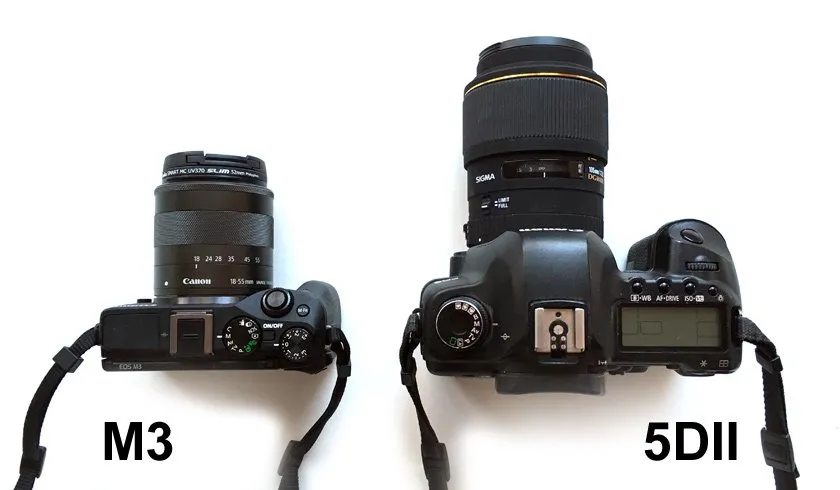
As I have already mentioned in my post A Little Bit of Personal Digital Camera History and My Photography Hobby I had a Canon EOS 5D Mark II for a couple of years already and it was my main hobby digital camera. Earlier this year I have gotten a Canon EOS M3 - a more compact mirrorless camera with a smaller sensors than the 5D (not full frame) and I now I will tell you why in a bit more detail. Obviously the compact size is one of the things that made me choose it, but it is really not the only one. Since I do carry around my digital camera along with me a lot, even though I may not use it every day, I still like to have it handy when needed...

The 5DII uses large CompactFlash memory cards for photos, these can be pretty fast in terms of speeds, but are harder to be used as you need a fast reader when the card is not in the camera and you need to transfer the photos to a computer. Using the 5DII connected to a PC with a USB cable is SLOW, so I'm using an ExpressCard to CF adapter to get really fast speeds when transferring photos to my laptop. The EOS M3 uses the very common at the moment SDHC flash cards that are more compact and also already very fast in terms of transfer speeds, fast readers for these are already available built-in on many laptops and as separate readers.

I already have a lot of accessories for my EOS 5D Mark 2 camera such as different lenses and a good external flash, a macro flash even, and I would want to be able to use these on all of my cameras. Fortunately Canon does offer good compatibility between their products and even provides some adapters to help you out in maintaining compatibility when it is needed, so no worries about that. There are some other interesting mirrorless cameras available out there from different brands, but going for such would mean no compatibility to my existing accessories from the 5DII.
Non-official Cannon accessories however may suffer from some compatibility problems as I have described in my post about Some Good and Affordable Macro Ring Lights for Your DSLR Camera. As I have explained in that post I actually had to replace my YONGNUO YN-14EX Macro Ring LITE Flash with a Meike MK-14EXT in order to ensure that the flash will work on both the 5DII and the M3 cameras...
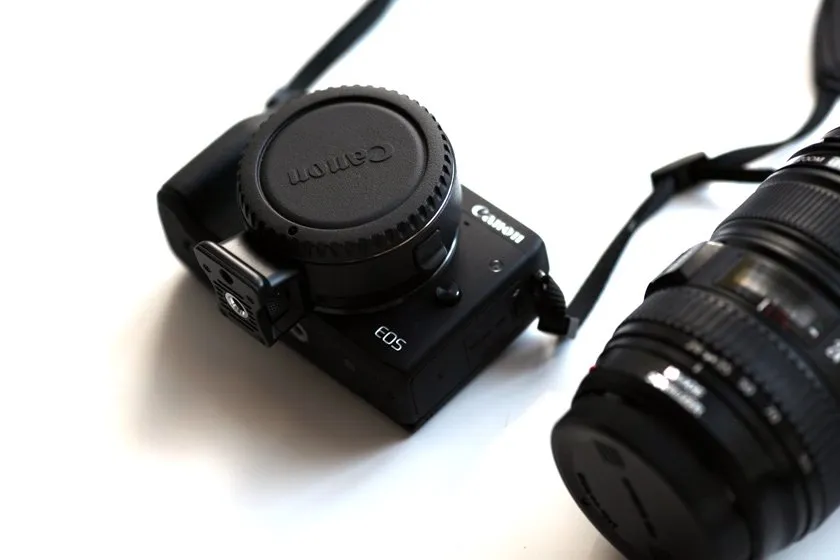
Along with my purchase of the ESO M3 I also got a Canon EF-M Lens Adapter Kit for Canon EF / EF-S Lenses, so that I would be able to attach my other lenses to the M3 body (it uses EF-M instead of the popular Canon EF or EF-S lens mounts). This adapter works really great in converting the larger lenses for use with the M3. I have seen some non-original adapters as well, though I went for Canon just to be sure there won't be possible issues and haven't tried any of the third party products.
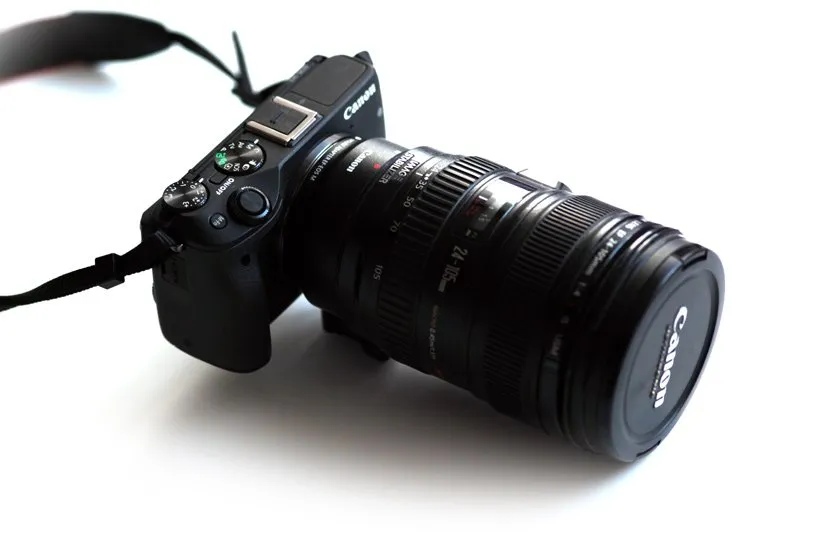
No matter if it is the small Canon 50mm 1:1.8 EF fixed lens or the much larger Canon 24-105mm F4 EF zoom lens the EF-M to EF/EF-S adapter works really great. When you place a larger lens on the small M3 body it looks a bit weird and that goes not only about the small size of the body, but also because it is much lighter than the lens for example. The EF-M adapter does come with a tripod mount, so if using the camera with a large lens you should use the adapter's mount and not the camera one just to be on the safe side. For smaller and lighter lenses like the 50mm fixed one it should not matter that much, but for larger and heavier lenses you should be careful where you are holding the camera as well as when mounting it on a tripod.

The EOS M3 does come with a built-in pop-up flash that you can use when you need a flash, though I rarely use it. The camera does feature a Canon hot shoe for mounting a flash unit or other compatible accessories, so I can easily attach the regular Canon 580EX II flash or the Meike MK-14EXT macro flash there and use them along with the M3 for better results. The camera hot shoe on the M3 features some additional electrical contacts that are not used by the regular accessories, but are needed for a special accessory the company offers - an electronic viewfinder that you can add as an accessory since the M3 does not feature an optical viewfinder. Haven't used that one though and I don't think I will actually need to, even though I'm used to shooting with the help of the optical viewfinder on the 5DII.

Adding a flash to the EOS M3 such as the Canon 580EX II and attaching a big lens such as the 24-105mm one with the help of the adapter really makes the small and compact M3 look much more serious than it would normally do without an external flash and with a small EF-M lens. In fact the results it produces with the help of a good flash and a lens are not that far behind the 5DII with the same lens. Still the smaller APS-C sensor on the M3 makes it less suitable for lower light conditions and using higher ISO setting does produce more noise as expected when compared to 5DII's full frame sensor. So some compromises have to be made in terms of quality, but that does not make the M3 less attractive option for me... and I still use the 5DII when I really need it, but for the not so demanding things the M3 is more than enough.
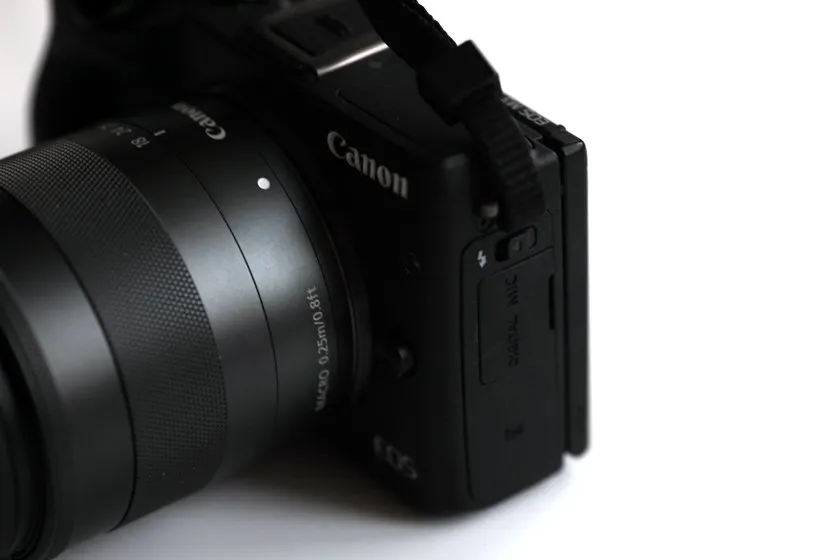
Since I use the 5DII not only for photography, but for video recording as well I obviously wanted to be able to use the smaller camera I got for video recording as well... even if it may not be that good as the 5DII. One of the important things when recording video is the ability to also record sound and the use of an external microphone is simply a must have for good sound. Obviously the camera needs to have a connector for the use of external microphone and the M3 does have one, just like the 5DII does, even though the M3 is lacking some of the connectivity options available on the bigger 5DII, it still has the most important ones.
Besides having a connector for external microphone a good digital camera that could be used for video recording also needs to have the options available to the user to monitor and control the input of the microphone manually, because the automatic control is not always the best one. The EOS M3 does pretty well here as well, though not as good as when using the Magic Lantern extra features on the 5DII for example. Unfortunately the Canon EOS M3 does not come with support for the Magic Lantern, but the standard options available in the camera menu should still do a good job for setting up things.
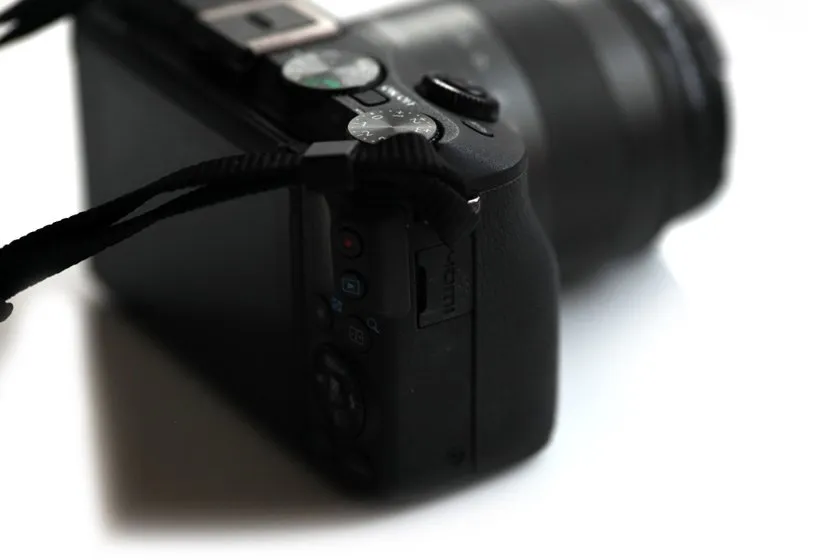
The EOS M3 also comes with an HDMI connector that can be used for the connectivity of a larger external display to help in shooting photos and especially videos better. The 5DII also comes with HDMI output that is quite useable, though not good enough in terms of video quality output for direct recording of the video output on an external video recorder for example with Full HD resolution. So both cameras can use an external larger LCD display for getting a better preview and assisting in shooting photos or videos with some additional extra features if the monitor provides them.
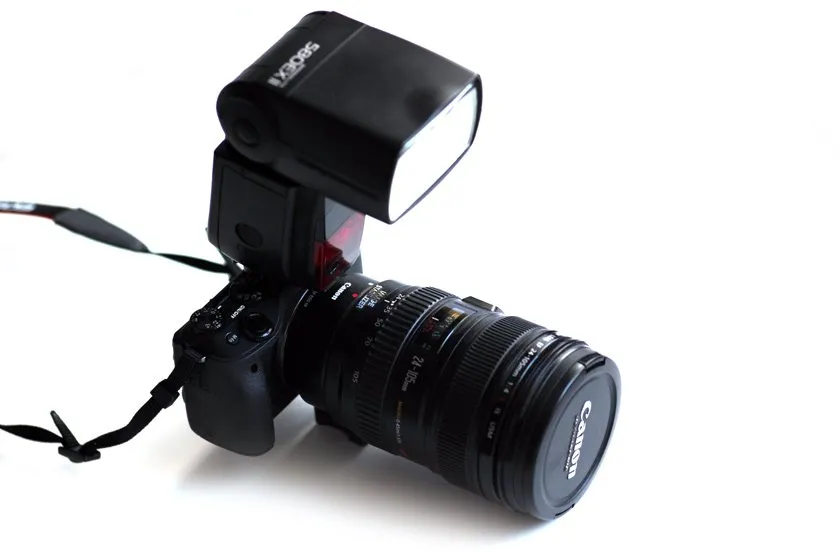
In the end I really do like my Canon EOS M3 and what features it offers as well as being able to use the lenses and flashes I do normally use along with my 5DII camera. There are some small drawbacks such as not so good light sensitivity because of the smaller sensor used, the lack of support of an external firmware such as the Magic Lantern (adds really convenient features on supported cameras). The much more compact size and rich feature set along with the good quality still being provided does compensate enough for these and as I've said when I really need to use the 5DII I still use it. I can however take out the M3 with me everywhere and use it if needed on a daily basis and don't have to carry around the bigger 5DII with me anymore, unless needed...
If you have a question or want to add something, then please leave a comment below.
Did you like what you have just read? Check my other posts on steemit @cryptos